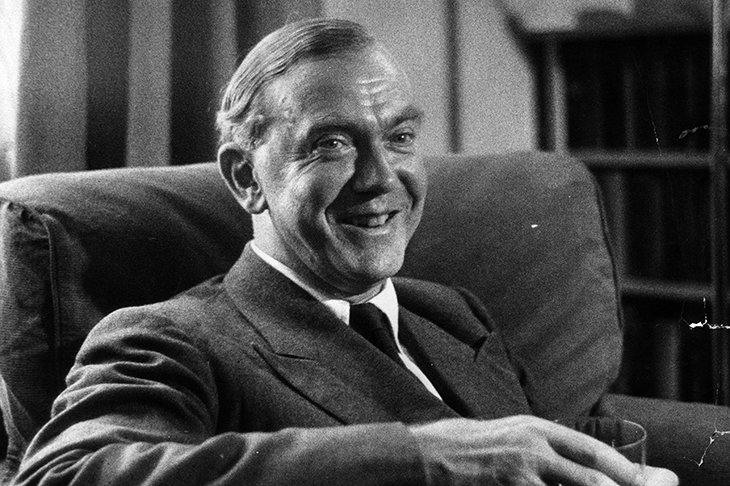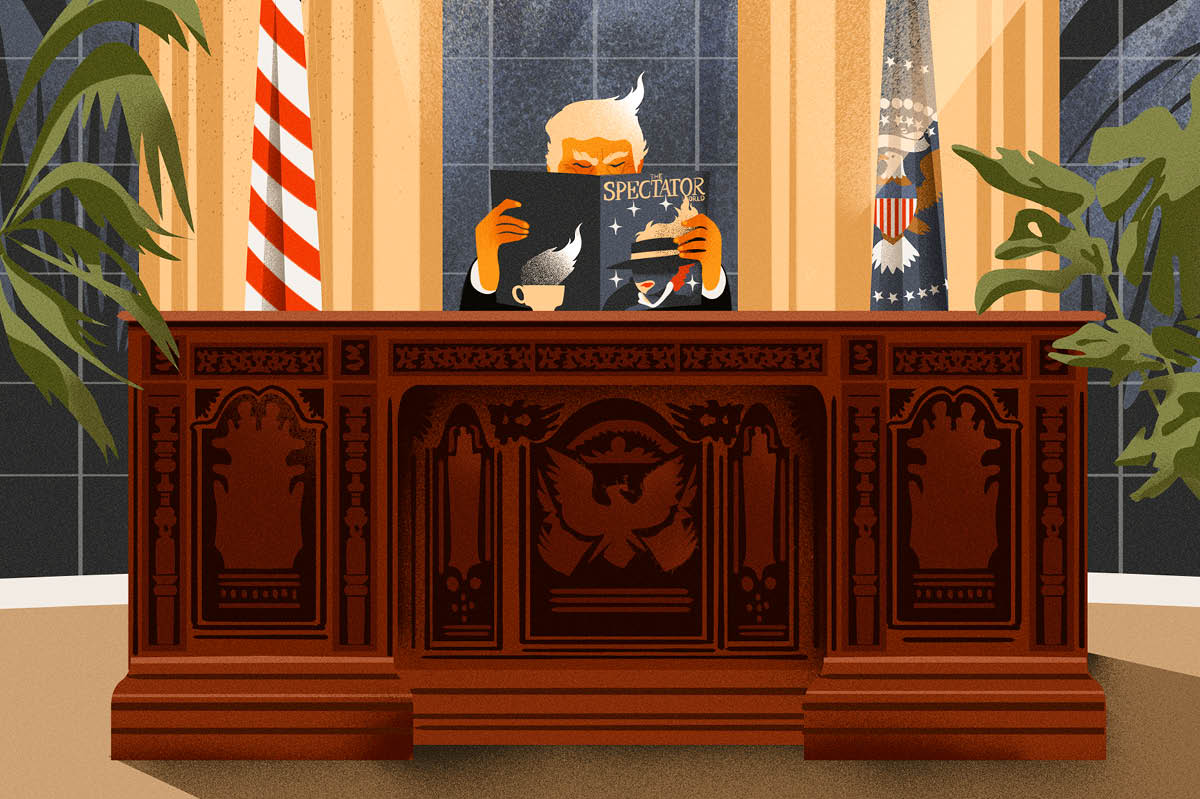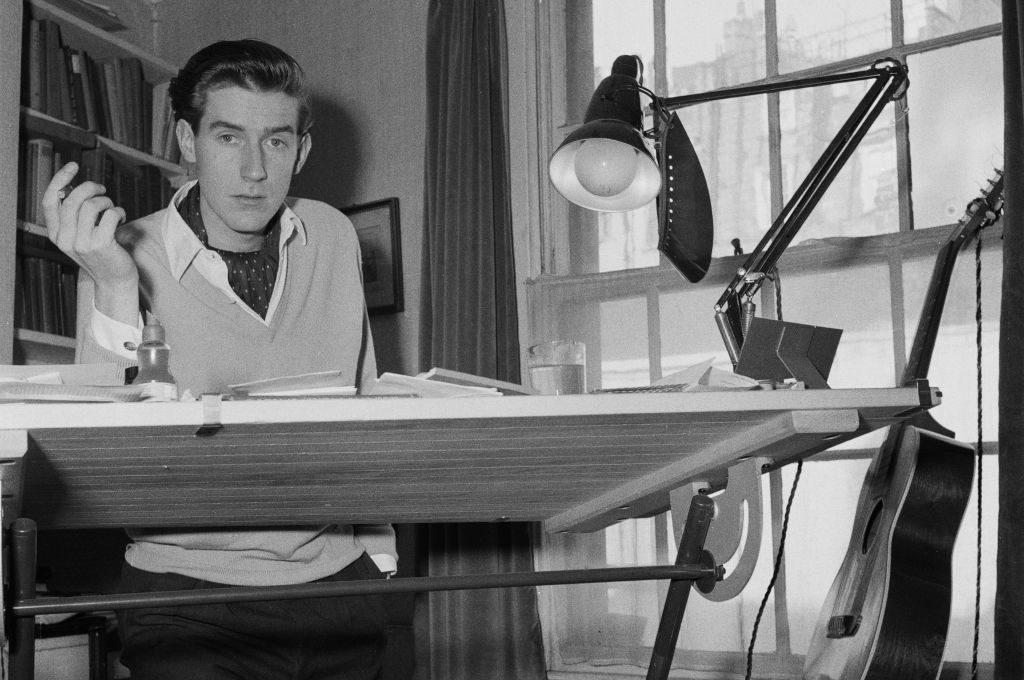When Graham Greene impulsively took up film reviewing for The Spectator in 1935, he was not yet the renowned literary figure he was to become, and thus, like so many other writers in those parlous economic times, prosaically in need of cash. As it happened, the confluence of interests between a 30-year-old novelist of modest commercial success and Derek Verschoyle, The Spectator’s literary editor from 1932 to 1939, resulted in something extraordinary — for there is nothing prosaic about these reviews. Greene’s opinions about the films he critiqued for the magazine over nearly five years constitute an impromptu cultural history of the 1930s, in addition to being a joy to read. That they led to Greene’s more lucrative occupation as a screenwriter makes his achievement all the more remarkable, since Hollywood in those days was just as indifferent to art and as merciless toward dissenters as it is today.
‘How, I find myself wondering, could I possibly have written all those film reviews?’ Greene later wrote. ‘Those films were an escape — from the hellish problem of Chapter Six, from the secondary character who obstinately refused to come alive, escape for an hour and a half from the melancholy which falls inexorably round the novelist when he has lived too many months on end in his private world.’
The more compelling explanation as to why Greene took film criticism seriously is that he really liked the cinematic medium, despite his criticisms of many of the films he reviewed. His observations about the most ordinary feature films often sparkle, and he is even better when he approves particularly of a film or a performance. Greene was notoriously anti-American on matters of politics and culture, yet his tolerance of Hollywood ‘ballyhoo’ and crassness, and his appreciation of certain actors and scripts, chafe with the stereotype of the condescending Englishman looking down on New World parvenus.
Indeed, Greene seemingly was immune to a film’s creative provenance. For example, MGM’s low-brow movie The Trunk Mystery elicited great praise: ‘Every now and then Hollywood produces without any blast of publicity a comedy of astonishing intelligence and finish.’ In contrast, an MGM production of Anna Karenina starring Greta Garbo ‘has very little to do with the art of the cinema. The film does not need great actresses so much as great directors, and it is no reflection on Hollywood to say that no one there knows what to do with Garbo, with her awkward ungainly body, her hollow face strong and rough…’.

In the same unpretentious vein, Greene admired Fred Astaire’s ‘genius’ in Top Hat. ‘It doesn’t really matter much that the music and lyrics are bad,’ he wrote of the RKO vehicle for Astaire’s great talent. ‘Mr Astaire is the nearest approach we are ever likely to have to a human Mickey Mouse…he belongs to a world almost as free as Mickey’s from the law of gravity, but unfortunately he has to act with human beings and not even Miss Ginger Rogers can match his freedom, lightness and happiness.’
Greene maintained a special respect for screenwriters. He’s spot-on about the quality of Ben Hecht and Charles MacArthur’s script for Barbary Coast, a film that could have been an awful potboiler. And as he racked up film reviews, he was evidently learning as he watched and listened. ‘Ironically,’ writes Greene’s biographer Norman Sherry, ‘his fierce criticism of the film world turned its interest to him’.
Alexander Korda, the Hungarian-born producer, and founder of Denham Studios in Britain, later became Greene’s friend, though no one got worse treatment from the reviewer than he did. In Greene’s acidic assessment, Korda’s films exemplified ‘the cheap silly international pictures exported under that label [the “English film”].’
One particular export, The Marriage of Corbal, was ‘incredibly badly written…the dialogue is the worst I have heard these 12 months, the scenario the silliest, and as for the acting…’. In language that might provoke palpitations from editors today, Greene challenged the credentials of immigrants such as Korda to speak for Britain: ‘England, of course, has always been the home of the exiled; but one may at least express a wish that émigrés would set up trades in which their ignorance of our language and culture was less of a handicap.’ He also denounced a ‘system of nepotism’ among the émigrés that kept qualified ‘English technicians’ from working in the film industry. Korda was intrigued, not repelled. We have his liberalism and tough skin to thank for his eventual collaboration with Greene on The Third Man.
***
Order the 10,000th UK edition of The Spectator here
***
Not so open-minded were the Americans who ran Twentieth-Century Fox, producers of Shirley Temple movies. In 1937, still hard-up, Greene had taken the job of literary editor of Night and Day, a short-lived British magazine meant to imitate the New Yorker. For his new employer he reviewed Wee Willie Winkie. His sexual language provoked a successful libel suit that may have hastened the death of the publication. Of the allegedly adorable child star Temple, Greene wrote, ‘infancy is her disguise, her appeal is more secret and more adult’. In this film, ‘wearing short kilts, she is completely totsy…her admirers — middle-aged men and clergy-men — respond to her dubious coquetry, to the sight of her well-shaped and desirable little body, packed with enormous vitality, only because the safety curtain of story and dialogue drops between their intelligence and their desire’.
Perhaps The Spectator was a better magazine, or at least a luckier one. No one took offense a year earlier when Greene referred to Temple’s ‘coquetry’ and ‘oddly precocious body’ in a Spectator review of Captain January, and the magazine’s survival makes it possible to appreciate the more than 400 reviews Greene left to cinematic history.

























